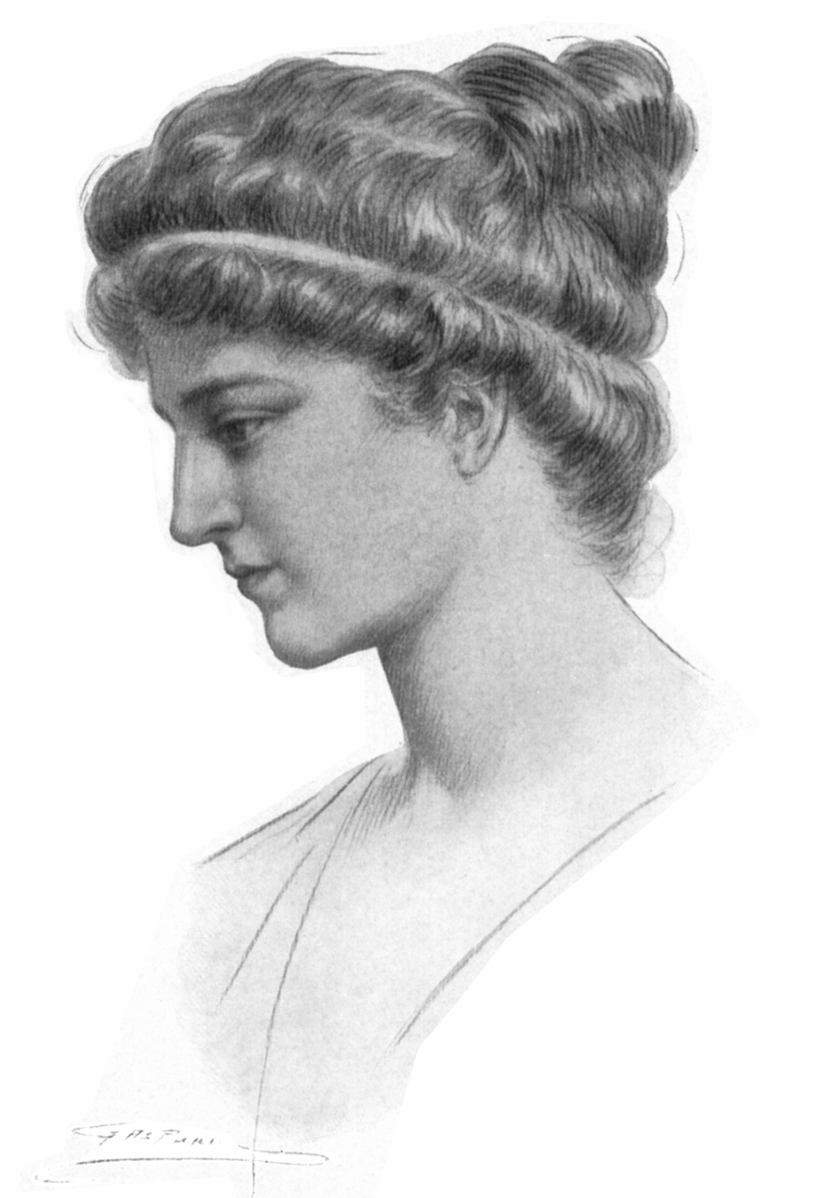A table of the numbers 1 through 10 each
raised to the powers of 1 through 5. This table is shown below.
Table of numbers 1 to 10 raised to different powers
For this post, I would like to focus on just the ending
digit of each result of the exponentiations. The following table lists the
ending digit of each result and now we can explore some of the patterns that
arise for the different powers. When we get the results for Power 5, we see why we only have to consider this explorations for just 5 powers as the pattern will repeat for powers higher than 5.
One additional note is that each row of this table applies
not only to the numbers 1 through 10 but also to any number, higher than 10
that has the same last digit. For example, the results for raising the number
12 to various powers will have the same ending digit as 2 raised to the same
powers. For this reason, the first column of the second table is named “Starting
Number’s Last Digit” and the last row’s name has been changed from “10” to “0.”
Table of last digits resulting from exponentiation
Discussion of results:
Power 0
The table doesn't list the results of raising numbers to the power of 0. All numbers raised to the power of 0 equal 1. One result that will likely become another post on its own is zero raised to the power of zero. There is disagreement on the result (see link). Some think this should equal 1; some believe it should undefined as with division by zero.
Power 1
These results are a bit trivia but are included for
completeness of the exercise. Any number raised to the power of 1 is itself and
therefore the last digit of the result will match the last digit of the
starting number. A shorthand way of expressing this result is 1à1, 2à2, etc. For Power 1,
this is the identity function, for all i, i à
i.
Power 2
Squaring numbers ending in 1, 5, 6 and 0 give results that
will end with 1, 5, 6, and 0, respectively. This pattern continues for all
powers. Results of squaring numbers 2 and 8 will end in 4. For the numbers ending
in 3 and 7 yield 9. Squaring numbers that end in 9 yields 1. Another
observation is there are no numbers that when squared which will have an ending
digit of 2, 3, 7 or 8. Summarized in shorthand expressions:
Identity function for 1, 5, 6, 0
2à4, 8à4, 3à9, 7à9
Result exclusions: 2, 3, 7, 8
Power 3
Unlike Power 2 in which it was impossible to obtain results
with certain end digits (2, 3, 7 or 8), we observe cubes that end in all digits
0 through 9. Cubing numbers ending in 1, 4, 5, 6, 9 and 0 give results that
will end with 1, 4, 5, 6, 9 and 0, respectively. For the other four digits: numbers
ending in 2 yield 8 and those ending in 8 yield 2; numbers ending in 3 yield 7
and those ending in 7 yield 3.
Summary
Identity function for 1, 4, 5, 6, 9 and 0
Inverse function for 2, 3, 7, 8: 2à8,
8à2, 3à7, 7à3
No exclusions
Power 4
Reviewing Power 2 we observed that resultant ending digits
excluded 2, 3, 7 and 8 and with Power 3 all digits were possible. With Power 4,
there are more exclusions. All numbers raised to the 4th power will
only end in 0, 1, 5 or 6. There are no numbers when raised to the 4th
power that end in 2, 3, 4, 7, 8 or 9. As with the other powers, raising numbers
ending in 1, 5, 6 and 0 will yield the same end digit as the starting number. Along
with 6, numbers ending in 2, 4 or 8 will also yield a result having an end digit
of 6. Similarly, numbers ending in 1, 3, 7, 9 yield 1.
Summary
Identity function for 1, 5, 6 and 0
(1, 3, 7, 9) à 1
(2, 4, 6, 8) à 6
Result Exclusions: 2, 3, 4, 7, 8 and 9
Power 5
Power 5 completes the full cycle of the power pattern. All
numbers when raised to the 5th power will have an ending digit that
is the same as the starting number’s last digit. This is the same as Power 1
which resulted in the identity function for all ending digits. Another
observation is that we could continue this exercise for powers higher than 5. The
patterns and results we observed for Powers 2 to 5 will repeat for Powers 6 to
9, Powers 10 to 13 and higher.







